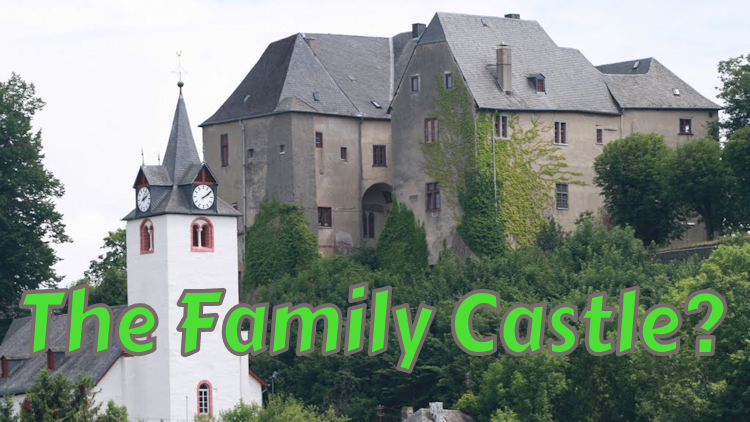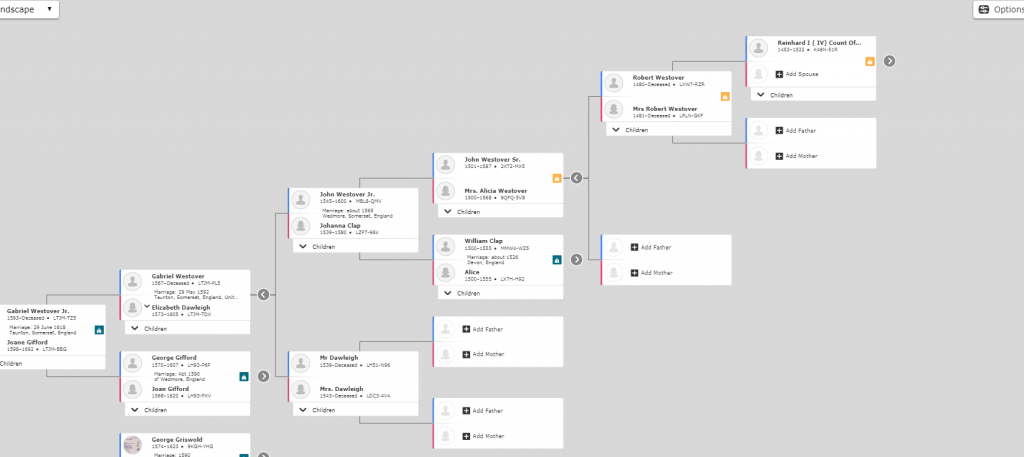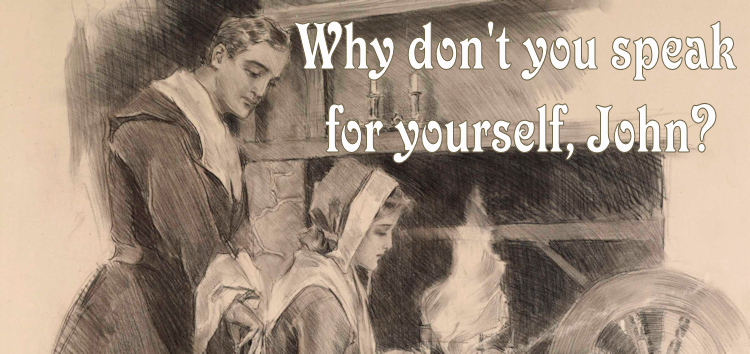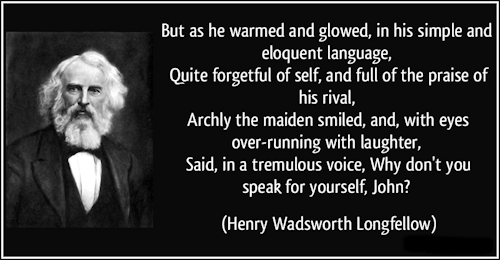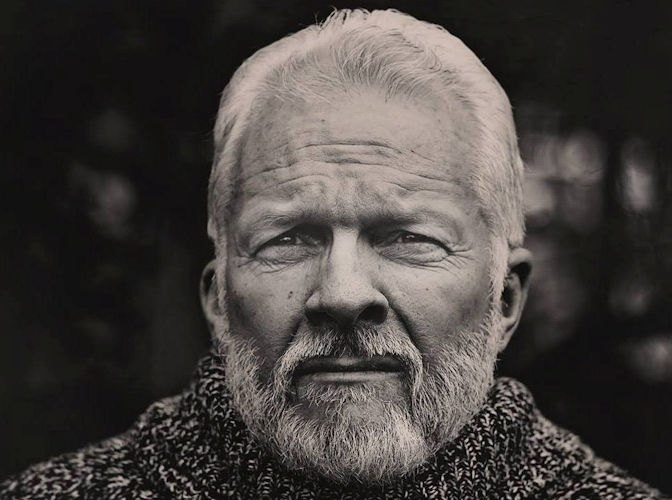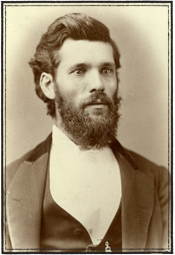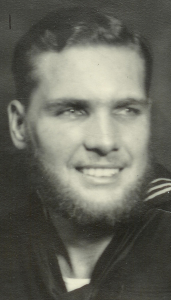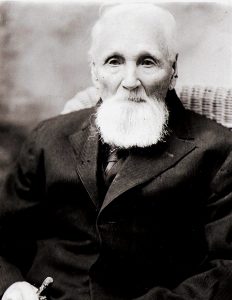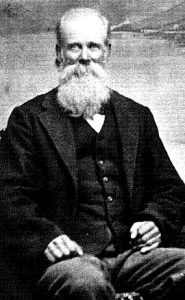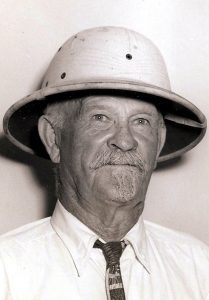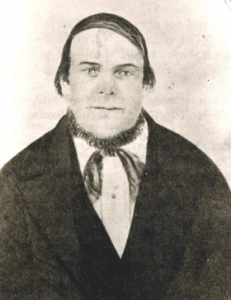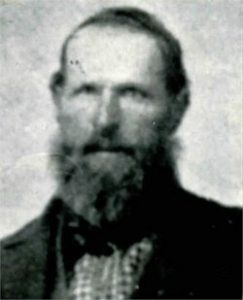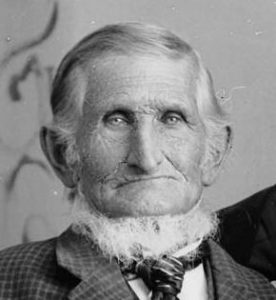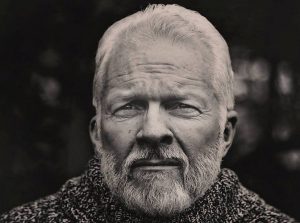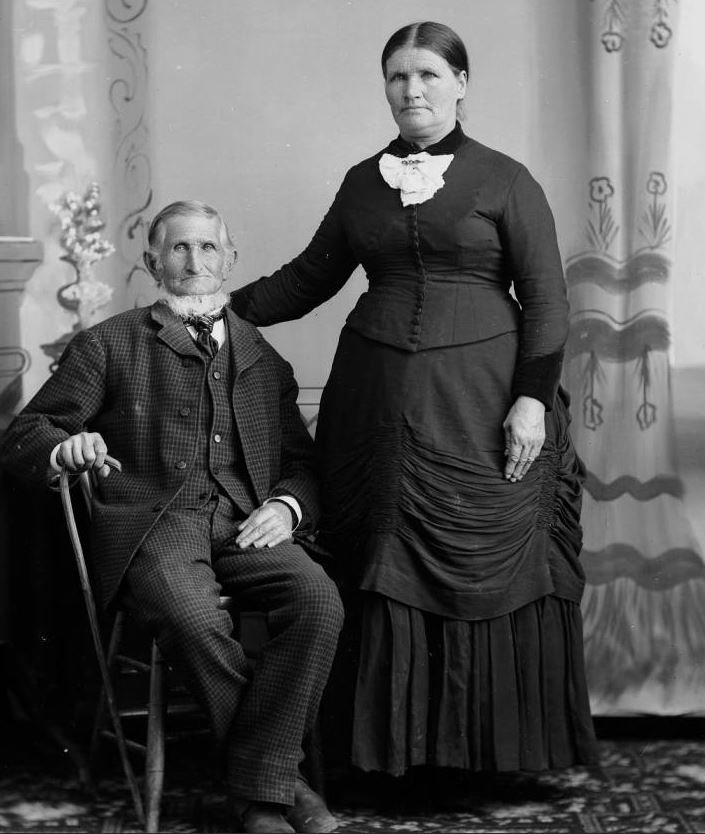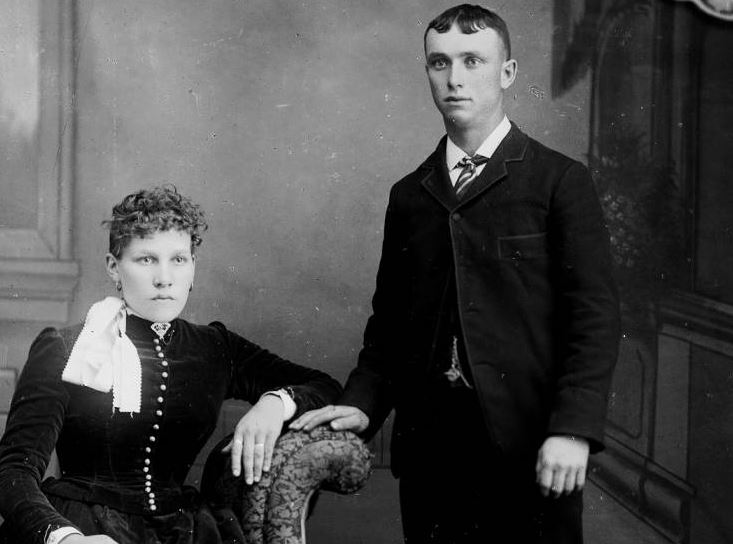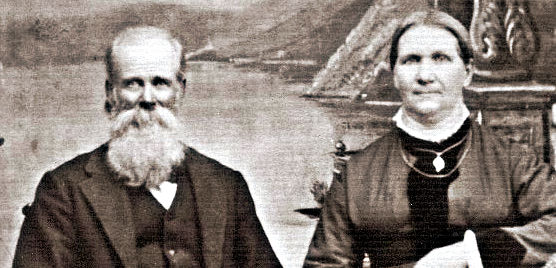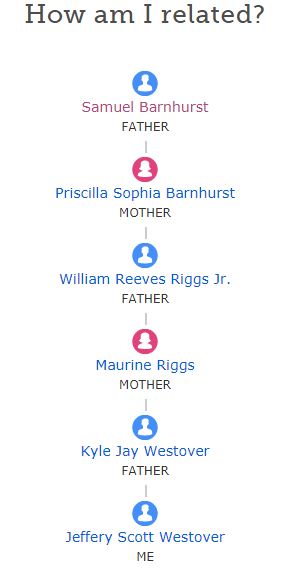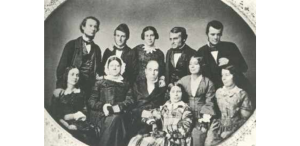Westover Family Tree Back to the Year 985
How does 31 generations sound to you? Awesome, huh?
About a year a half ago I was thrilled to visit Family Search one day to see our paternal Westover line magically extended another 500 years and terminate with the name Siegfried De Sponheim, who was born in 985.
That name was added by Family Search, which means they had actual records from that time and place to stick the name on our line.
That makes it legit, right?
Well, it turns out old Siegfried was just the latest name in the Leiningen family, part of ancient German nobility. They ruled certain areas of Europe until they were annexed by the French Republic in 1793.
How did De Sponheim and Leiningen become “Westover”?
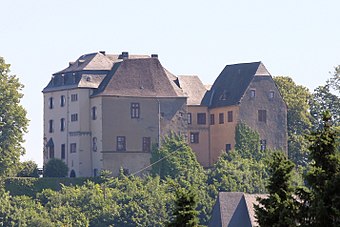 As with many royal families, names were derived from lands they owned and impressive homes they lived in. The Leiningens had family and lands from all over but deep in Bavaria lies a town – and a castle – called Westerburg.
As with many royal families, names were derived from lands they owned and impressive homes they lived in. The Leiningens had family and lands from all over but deep in Bavaria lies a town – and a castle – called Westerburg.
Family Search lists 400 plus years of their history as Count after Count came and went as the wars and generations and diseases of Europe did their thing over time. Most of the names you see in this line are, like Siegfried list above, verified by Family Search.
The line continues all the way to the year 1453 with the name Reinhard I (IV) Count of Leiningen Westerburg.
Now we learn the hard lessons of Family Search.
Reinhard I has two wives. Both appear to be legit and documented.
But Reinhard’s children come from three mothers – not two. We don’t know who the third wife is – if she was a wife – but we do know the name of the child that came of this union.
His name is Robert Westover.
Robert Westover was born in 1480 in Somerset, England.
How do we know this? Family Search lists the source of this information from a GEDCOM file uploaded to Family Search in 2016. We know who loaded the file…but we have no other sources of who Robert Westover is. (Yes, I’m trying to contact the file owner).
So what does this mean? Are we of a royal German line or not? Is there or is there not a castle? More importantly, is there a hidden, royal inheritance that has gone unclaimed the past 500 years or so? I just want to help.
Well, until we can proved definitively that Robert Westover was the son of Reinhard, all this is pure fantasy.
We know that John Westover, Sr. of Somerset county England did exist – and we know we are descended of him.
But that is where the “proof” ends for the Westover line.
So how and why does Family Search allow for the extension of the family tree another 500 years with these key links missing?
The answer lies in the fact that overall our tree extends beyond 500 years.
You see, the Church has a policy that we can do temple work for our family for only the last 500 years. Anything beyond that would take one very extraordinary exception.
It is a good policy.
First of all, 500 years of human history is already a chunk of work to do. Billions and Billions of names have come and gone to the earth in that time span. Family Search hasn’t even scratched the surface – just around 6 billion names from the past 500 years are available on Family Search.
We just need to get those sorted out and the temple work done for them before we move on.
But more importantly there is something really difficult in proving lineage past that 500 year mark. Unless your family WAS royalty the chances of finding them are exceedingly small.
So while the names past John Westover Sr on our tree on Family Search are suspect at best, Family Search is letting them stay there because at the point they fall in history we can do nothing with anyway.
But there is another reason they stay: it’s to spur further research.
Family Search indexed the Westerburg area of Germany several years ago – and they want connections made to it. The Westover line is literally one or two names away from connection to that proven line.
They want us finding out – one way or the other – if the records of southwest England can indeed tap us into the Leiningen family line. They think it is highly probable.
What if you sign in to Family Search and you don’t see this connection? Maybe the names listed on your tree are slightly different than mine. Maybe a merge needs to be made.
I’ll be glad to supply what information I have to anyone who wants it.
